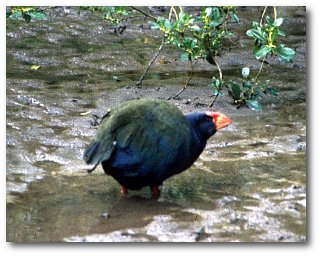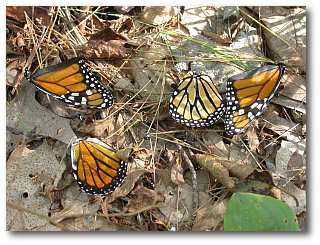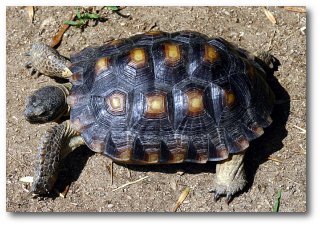EcoPhysiology and Conservation: The Contributions of Energetics
Conservation Physiology and Energetics
Symposium organized by Robert D. Stevenson
Sponsoring Division: DCPB
| Maintaining biological diversity is perhaps the most important challenge facing environmental biology today. Habitat loss, habitat fragmentation and degradation, natural resource harvesting, global warming, invasive species, and novel diseases pose immediate threats to our natural heritage. Studies of integrative organismal biology (especially physiology and behavior) that combine ecological and evolutionary perspectives (Magnum and and Hochachka 1998) are necessary to determine how organisms respond to human-induced changes in their environment. Such whole organism investigations can identify stressed individuals, reproductive problems and the underpinnings of behavioral choices that in turn provide insights about source and sink populations, carrying capacity of specific sites, and landscape features that promote the survival of populations. The goal of the symposium is to illustrate how integrative biology, with specific approaches from energetics, is being used to address conservation problems (Hunter 2001, Meffe and Carrol 1997). Insights about a variety of problems animals face can be gained by studying their energy and material balances. Habitat modifications, density of critical resources such as food and shelter and climate change can be investigated mechanistically through metabolic, thermoregulation, and water balance studies integrated with field behavior. It is possible to measure these effects on survival and reproductive effort of individuals which have clear implications for their conservation status.
Areas of Focus for the Proposed Symposium Berger, Joel, J. Ward Testa, Tom Roffe and Steven L. Monfort. 1999. Conservation endocrinology: a noninvasive tool to understand relationships between carnivore colonization and ecological carrying capacity. Conservation Biology 13(5): 980-989. Clemmons J.R. and R. Buchholz 1997. Behavioral Approaches to Conservation in the Wild Cambridge: Cambridge University Press. 396 pp. Mangum, C.P., and Hochachka, P.W. 1998. New directions in comparative physiology and biochemistry: Mechanisms, adaptations, and evolution. Physiol. Zool. 71(5): 471-484. Meffe, Gary. 1999. Conservation medicine. Conservation Biology 13(5): 953-954. Meffe, Gary K. and C. Ronald Carroll. 1997. Principles of Conservation Biology. Sinauer Assoc; 2nd ed. 673 pages. Hunter, Malcolm L. 2001. Fundamentals of Conservation Biology. Blackwell Science 2nd ed. 496 pages |
 Fig. 1 Takahe (Porphyrio hochstetteri), a large gallinule from South Island, New Zealand,feeding along a stream. Conservation of species with low rates of metabolism that have low rates of Reproduction, such as this flightless rail, are often endangered because they cannot respond to an increase in mortality produced by humans by an increase in fecundity. Photographer Brian McNab  Fig. 2 The wings of a monarch butterfly eaten while on the Fall migration to Mexico from New England. This species is endangered because the forests where it overwinters is Mexico are being harvested for wood. Photographer R. D. Stevenson
|


